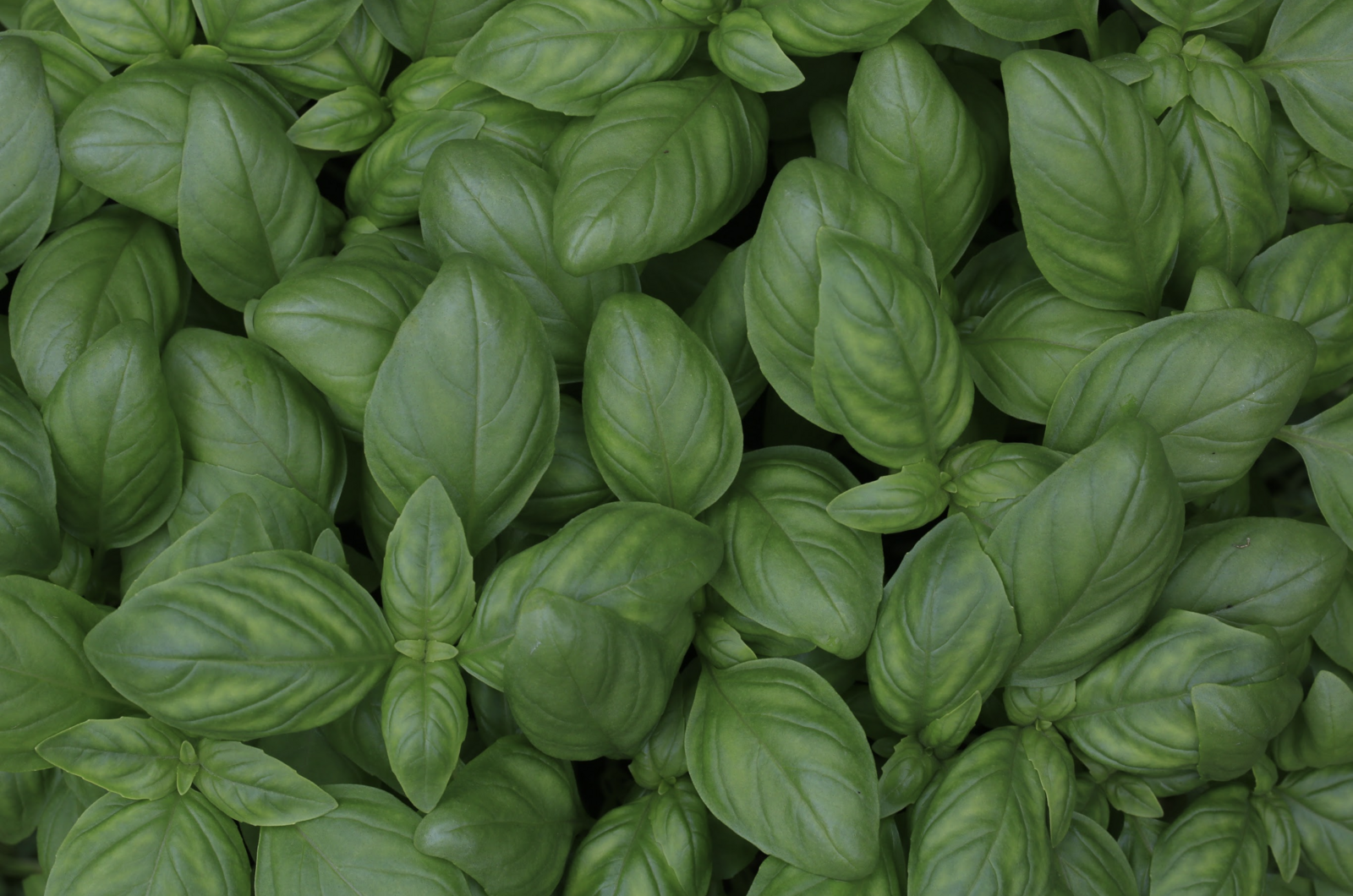
Planting, Caring for & Harvesting Basil
Basil is a popular culinary herb that no garden should be without. We explain what you need to bear in mind when growing basil. We give you tips on sowing, care and harvesting to ensure a rich harvest.
This Article Contains:
- Growing Basil: What You Need to Know
- Basil Varieties at a Glance
- Planting Basil: Location & Temperatures
- Sowing Basil - The Right Time
- Planting Out Basil - Here’s How
- Cultivating Basil
- Basil in the Garden: Pests & Diseases
- Harvesting Basil - How Does It Work?
- Processing Basil
- Frequently Asked Questions About Planting Basil
Quick Overview
Basil - Location & Temperature
- Warm, sunny spot with loose, humus-rich soil
- Basil dies below 10 ° C/50 ° F (very sensitive to cold!)
Basil - Care
- High water requirement, as a tropical plant
- Weak grower, therefore no fertilization necessary
Basil - Harvest
- You can harvest basil continuously (if you always leave enough shoots)
- To ensure that the individual shoots can grow back successfully, only cut off the shoot tips and not individual leaves or whole shoots
Growing Basil: What You Need to Know
Basil (Ocimum basilicum) belongs to the Lamiaceae family and originally comes from the Asian tropics. For this reason, basil does not usually survive the winter outdoors in our latitudes and is therefore considered an annual plant.
The herb has many other names and you may also know it as brain herb, king's herb, Joseph's herb, basil herb or pepper herb. Thanks to the essential oil contained in its leaves, basil has become one of the most popular spice plants in the world. Whether in pesto, salads or sauces, it is impossible to imagine many Mediterranean dishes without it.
Basil Varieties at a Glance
The basil leaves grow on upright stems. The appearance of the leaves and the height of the plant can vary greatly depending on the weather and variety.
Small-leaved or large-leaved basil varieties are suitable for the climate in our latitudes. However, large-leaved varieties are more resistant. There is also a wide variety of exotic basil varieties, such as lemon basil, Thai basil or Greek basil, which you can try out. These varieties are not quite as robust as they come from warmer regions. You can find an Overview of the Basil Varieties in this article.

Learn More About Basil Varieties
In our library you will find information on the individual varieties with cultivation periods, tips on planting and harvesting. You will also find good and bad neighbors to help you plan a mixed crop.
View Library NowPlanting Basil: Location & Temperatures
The herb grows best in a sheltered, sunny spot with loose, humus-rich soil. If you don't have a garden, that's no problem at all, as the herb also feels at home in a pot on the balcony.
Basil is one of the most cold-sensitive plants: the heat-loving basil cannot tolerate temperatures below 12 ° C/54 ° F, as it then stops growing. Longer periods of cold lead to increased susceptibility to pests and diseases. If temperatures fall below 7 degrees, it can mean death for the plant.
If the garden year is characterized by a lot of rain and cold, wet weather, basil has a poor chance of thriving in the garden. In this case, it is better to grow the herb in a sheltered spot on the windowsill or in a greenhouse.
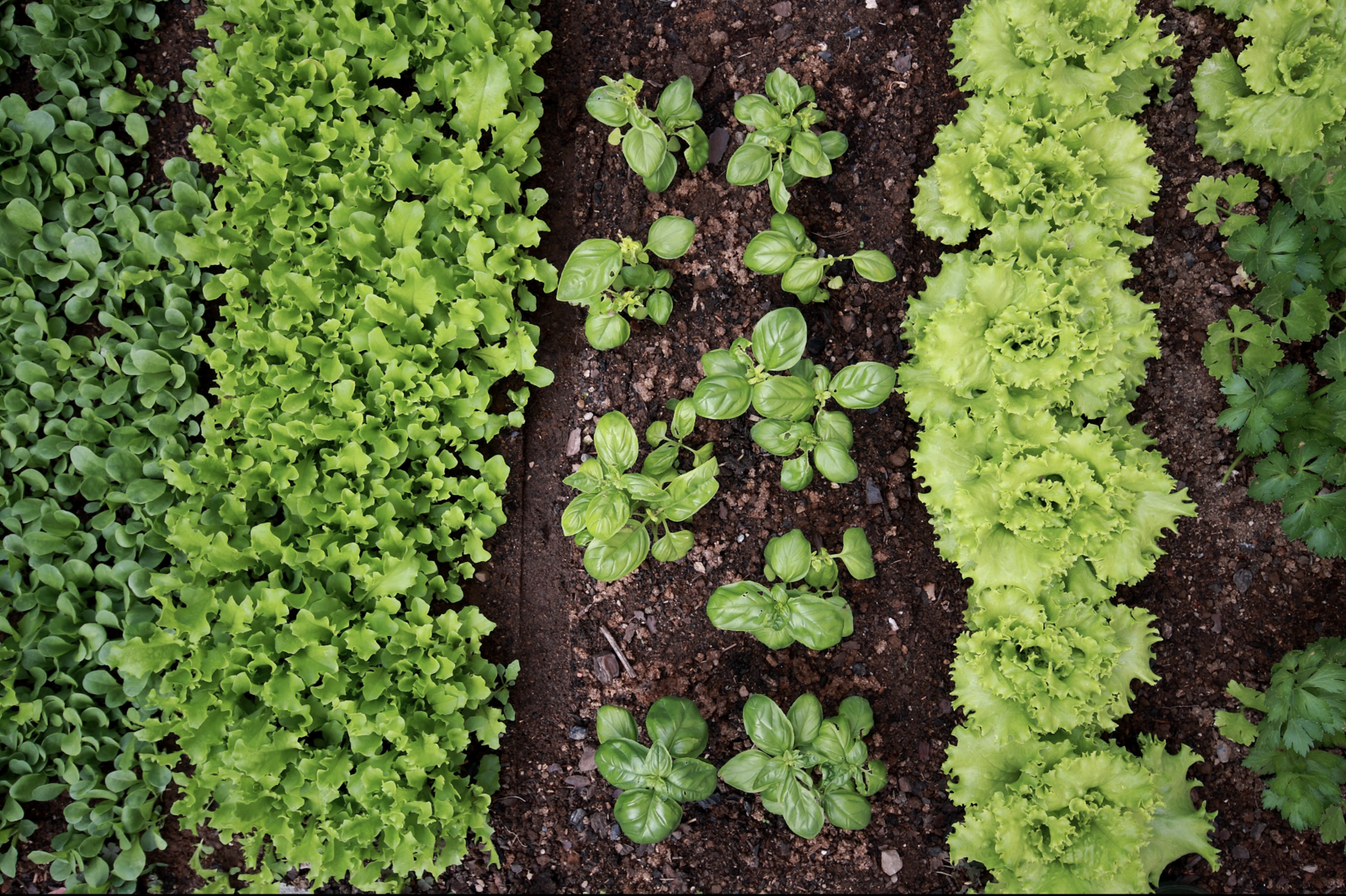
Sowing Basil - The Right Time
As basil is so sensitive to the cold, it is a good idea to pre-grow the herb on a windowsill or in a greenhouse. You can sow and pre-grow basil on the windowsill from April. Direct sowing outdoors is possible from mid-May, after the last frosts. You can find out How to Sow Basil Correctly in this article.
Planting Out Basil - Here’s How
You can put your pre-grown plants outside after the ice saints (mid-May). It is best to place the pots on the balcony or terrace for a few days beforehand so that the plants can acclimatize. However, basil also feels very much at home on a bright windowsill and therefore does not necessarily need to be planted out.
Cultivating Basil
As the tropical herb loves the sun, but has many leaves to supply with water, it needs a lot of moisture. Watering is therefore the be-all and end-all when caring for your basil plants. Here you can find out what else you need to consider when caring for basil and how to water and fertilize basil correctly.
Basil in the Garden: Pests & Diseases
Combat Pests Such as Aphids, Bugs & Co.
If your plant has tiny speckles and holes, it is probably infested with aphids, bugs or flies. These are usually found on the underside of the leaves. The best way to combat the pests is to cut out all the infested parts of the plant and burn them. You can also remove some larger pests such as bugs from the leaves by hand. You can use sticky boards to combat whitefly and other flying insects.
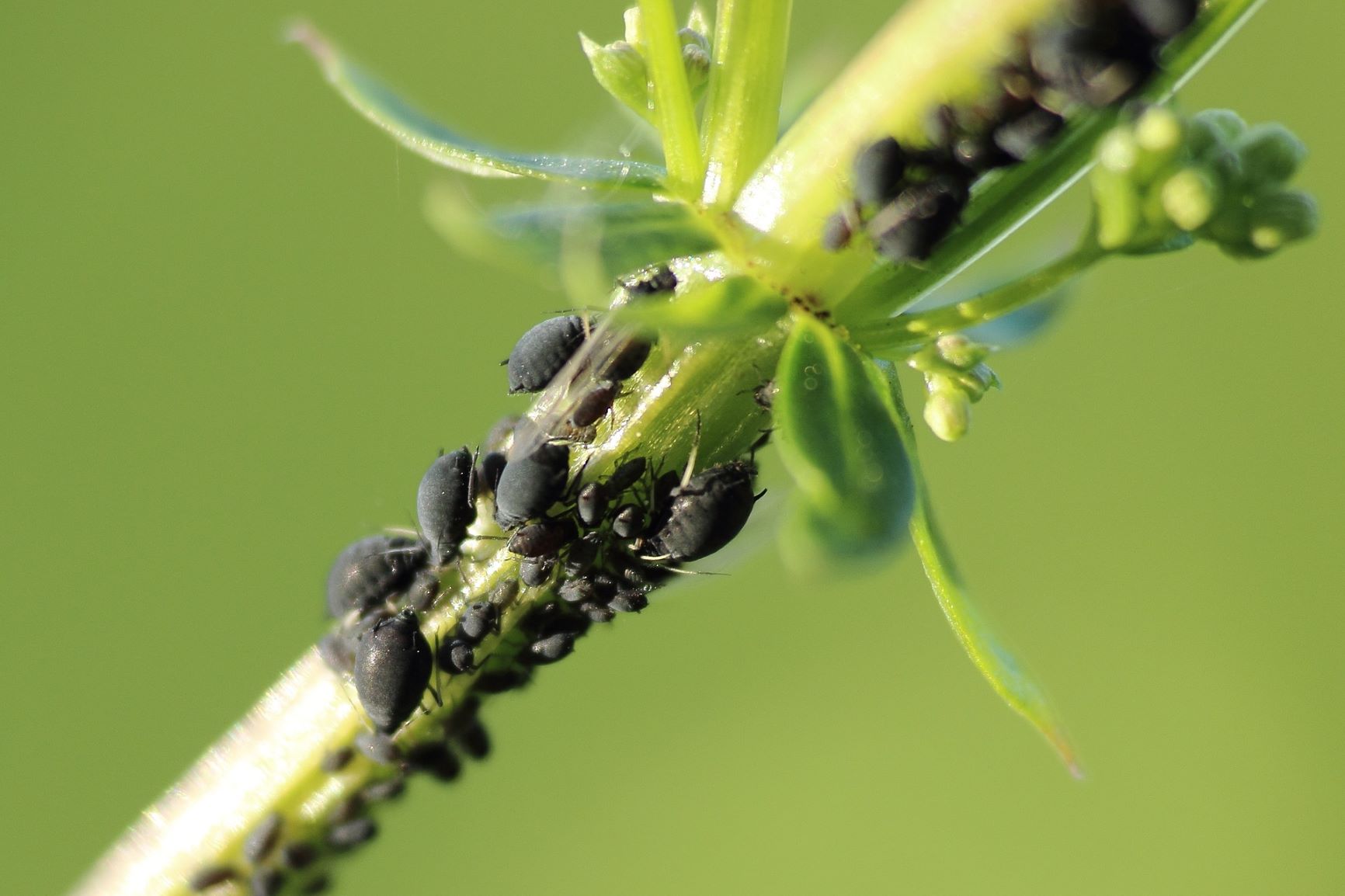
Preventing Snails in the Bed
The succulent leaves can attract the voracious little animals. This happens particularly quickly in semi-shady locations. If possible, choose a sunny spot that is not too close to hedges or bushes. Coffee grounds can also be scattered as a preventative measure, as caffeine has a toxic effect on slugs. Slug fences also keep the animals away from the plants. If you don't have one of these, you can simply make a barrier yourself by scattering a ring of sawdust or lime around your bed. Lime has a corrosive effect on the pests' mucus and sawdust has a surface that is too rough and therefore unpleasant. In addition, a mixed culture with strongly scented herbs such as thyme, lavender or rosemary repels slugs and snails.
Our Tip Against Basil Pests
Normally, you can also spray plants with nettle slurry or diluted neem oil if they are infested with so-called pests. However, basil leaves are very sensitive, which is why these methods can often damage the plants. It is therefore better to repeatedly dust the herb with (primary) rock flour (including the undersides of the leaves). The flour is so finely ground that the small animals injure themselves on it and eventually die.
Harvesting Basil - How Does It Work?
You harvest basil by cutting off whole shoot tips. If you have harvested a complete shoot and only the bare stem is left, it can hardly photosynthesize and will die. Harvesting entire shoots (not just the shoot tips) slows down regeneration, makes the plant more susceptible to disease and makes it more difficult for it to regrow.
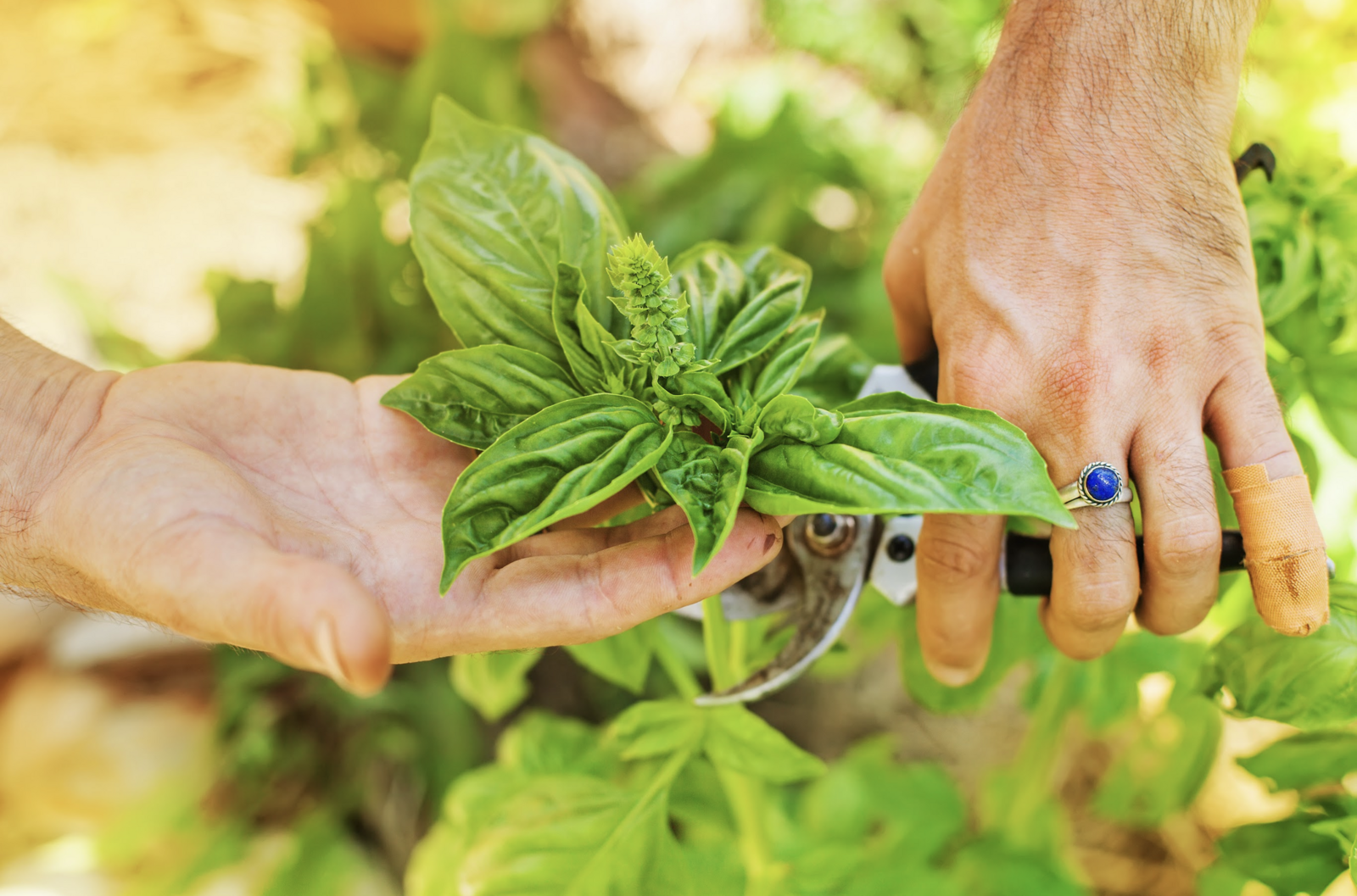
Harvest Basil Correctly So That It Grows Back!
In case you are wondering what exactly we mean by shoot tip: it comprises the upper "crown" of approx. 4 leaves (sometimes several small leaves can be seen in the middle) and, if necessary, the two leaves below. Always cut off above the leaf axil, as this is where the plant will sprout again. It is best to always use scissors or a sharp knife so that the resulting "injuries" can heal better. Harvesting stimulates the plant's growth, giving it a bushier and leafier shape. However, make sure that your basil does not start to flower. This is when it has completed its life cycle and slows down its leaf growth: your harvest will be meagre. However, in a sunny location with regular watering and pruning, you can expect a rich harvest.
Processing Basil
"But what do I do with all this herb now?" you may be asking yourself. Don't worry, there are plenty of options. You can hardly have enough of the green herb. Fresh, it can be used as a condiment or garnish on many Mediterranean dishes, with tomato and mozzarella salad at the top of the list.
Drying Basil - It’s That Simple
However, you can also dry your basil and use it later for seasoning or in your own tea blends. Tulsi, cinnamon or lemon basil are particularly suitable for tea creations.
It 's very simple: strip off the leaves and spread them on a clean kitchen towel. Then leave to dry on the cloth in a dark, warm place. If you have a lot of leaves spread out on a cloth, you should turn them over every few days to avoid mold. Depending on the temperature, the basil will be dry after 5-10 days and you can store it in dark jars or bags for the cold winter months. However, make sure that the leaves are really dried, otherwise they will start to rot in the jar.
The green herb can also be preserved in the form of various pestos. Whether in puff pastry rolls or mixed into pasta - the creamy paste can be used in a variety of ways. We have picked out a pesto recipe for you:
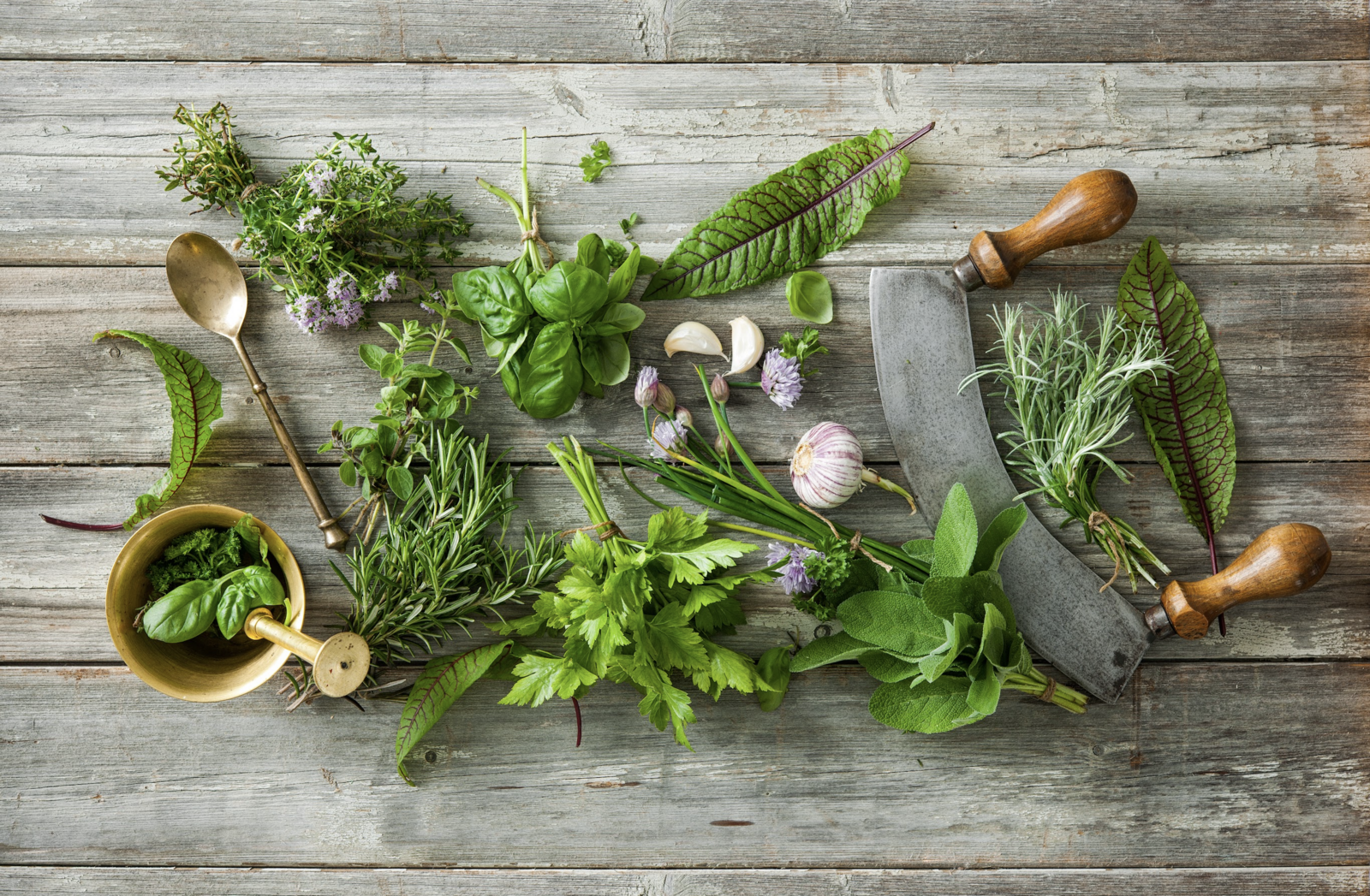
Processing Fresh Basil - Make Your Own Basil Pesto
But the green herb can also be preserved in the form of various pestos. Whether in puff pastry rolls or mixed into pasta - the creamy paste can be used in a variety of ways.
Basil Pesto - Recipe
- 1 bunch of basil (or 2 good handfuls of harvested shoot tips)
- 2 cloves of garlic
- 120 ml/4.2 fl. oz. olive oil
- 60 g/2 fl. oz. Parmesan cheese
- 30-60 g/1-2 fl. oz. pine nuts/sunflower seeds/almonds
- Salt (to taste)
Mix all the ingredients together (hand blender or blender) and season with salt or Parmesan. The Parmesan is not a must and can also be replaced with more salt, seeds/nuts or yeast flakes.
We hope this article has provided you with all the important information about growing basil. If you have any questions, simply contact [email protected]. To never miss another article, follow us on Instagram and Facebook or sign up directly for our newsletter.
Want to get helpful gardening tips all year round and plan your own beds in the best possible way? Then register here or download the Fryd app for Android or iOS.
Fryd - Your digital bed planner

Isabell
Isabell studies agricultural sciences and loves to be surprised by nature and its complexity again and again. Herbs - whether gathered wild or in the garden - are her passion.
Learn MoreCurrent Topics in the Community

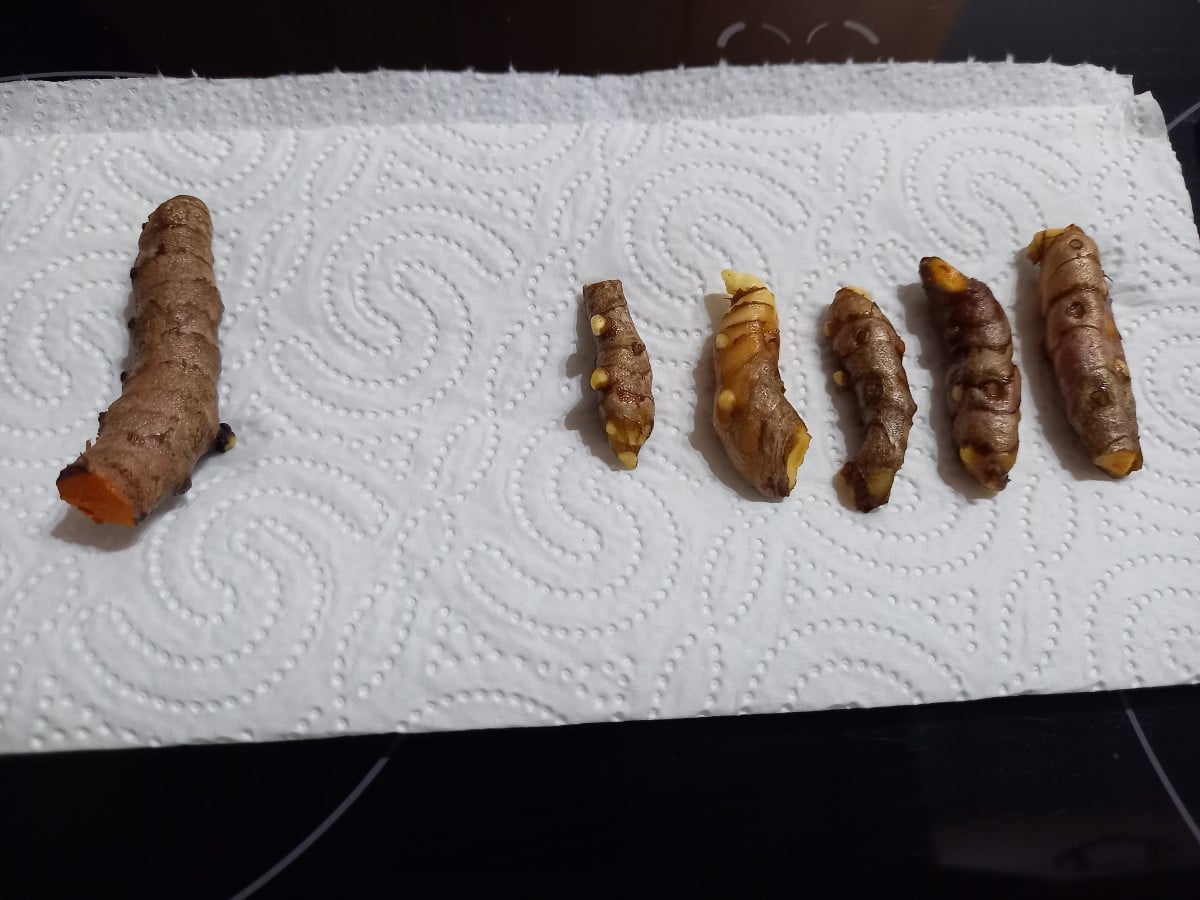
Liked 4 times
Hello folks, Today, after almost a year, I took my turmeric plant out of the flower pot that was on our windowsill. I think it's not bad for a 14x14 pot without any special care. On the left is the mother rhizome, which is also edible.
Show 2 answers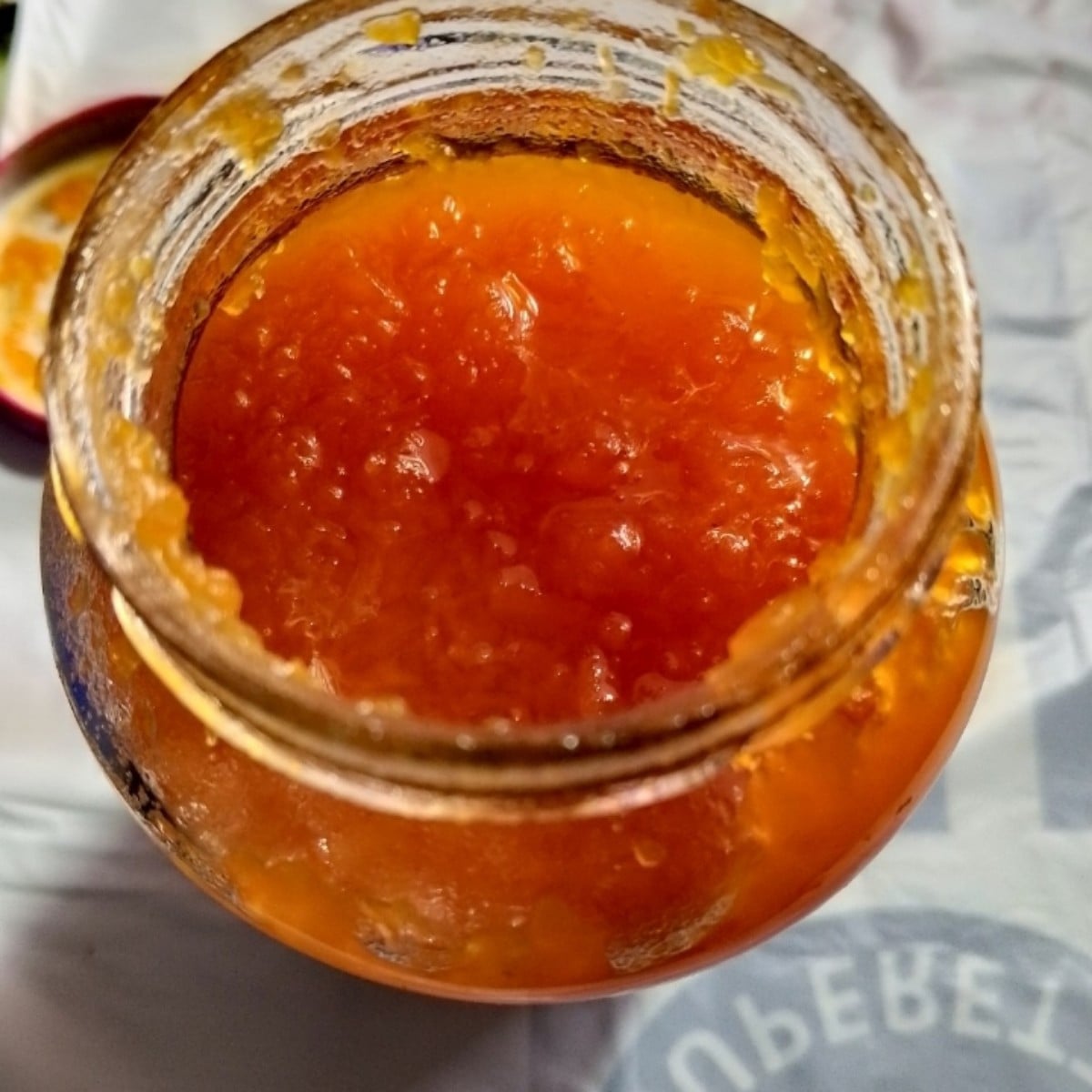
Liked 13 times
Pumpkin jam Cinnamon sticks are added for flavor. It tastes great, do you make pumpkin jam in Europe?
Show 5 answers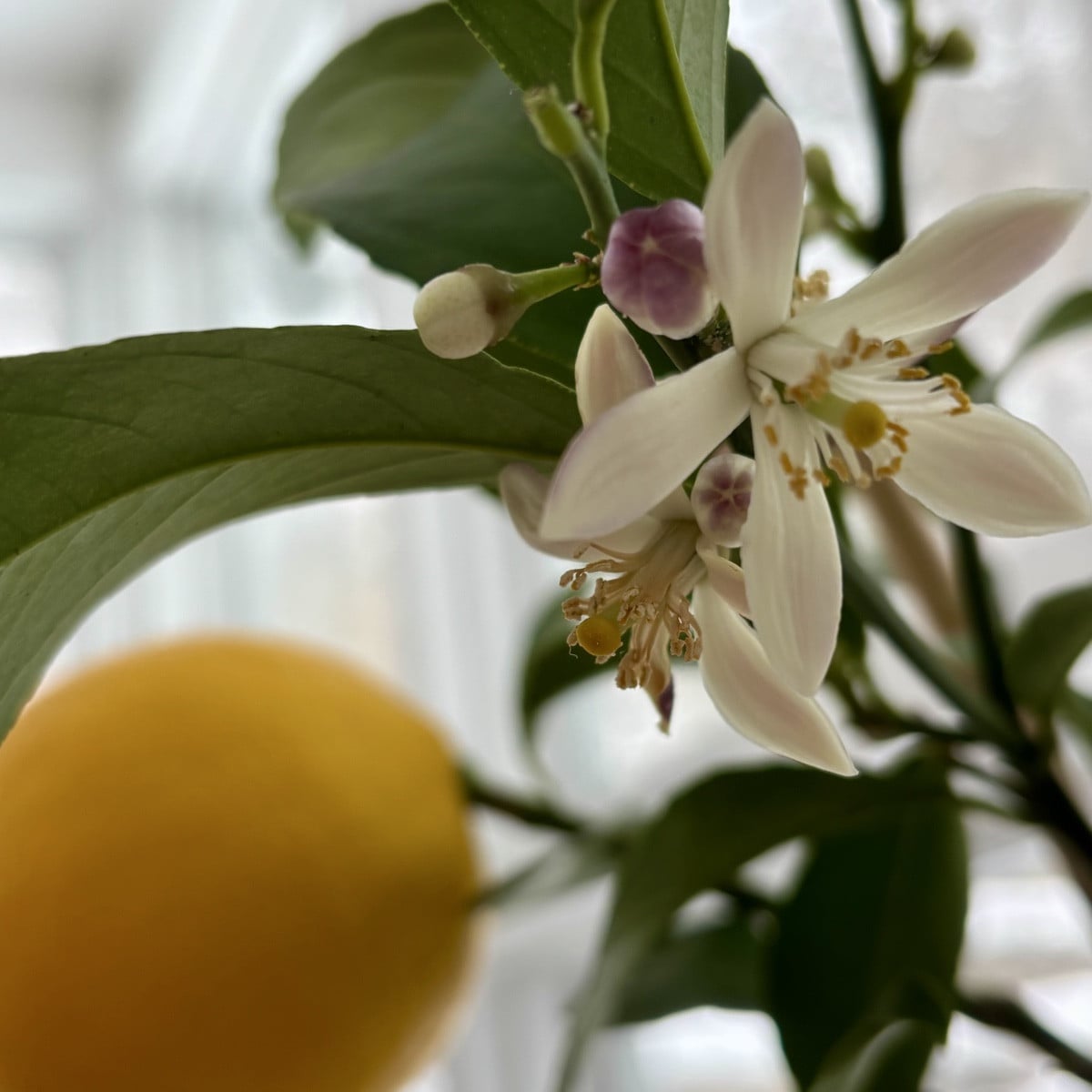
Liked 19 times
There's snow outside, but inside it smells of citrus blossom 🥰🍋🌸
Show 1 answerPopular Articles

Overwintering Parsley: How to Do It Successfully

How to Grow Lettuce in Winter: Varieties, Sowing, Harvesting

Growing Sage Plant: Tips for Sowing and Harvesting

What Herbs Can Be Planted Together?

Create & Design a Permaculture Garden

Overwintering Plants: Tubs, Pots and Raised Beds

Pruning, Fertilizing & Propagating Currants: Care Tips

Pruning Raspberries: How to Do It

Vegetable Garden With Greenhouse: How to Use Greenhouse Effect

Winterizing Beds and the Garden: How to Do It
FAQ
When is the best time to sow basil?
Basil should be pre-grown on the windowsill from April. Direct sowing outdoors is recommended from mid-May, after the last frosts.
How do I care for basil properly?
Basil needs plenty of sun and regular watering, as it originates from tropical regions and has a high water requirement.
What should I consider when planting basil?
Basil thrives best in a sunny and sheltered spot with loose, humus-rich soil. It is very sensitive to cold and should avoid temperatures below 12 degrees.
How do I harvest basil so that it grows back?
Always cut off the shoot tips to encourage bushy growth and regrowth. Avoid cutting off entire shoots.